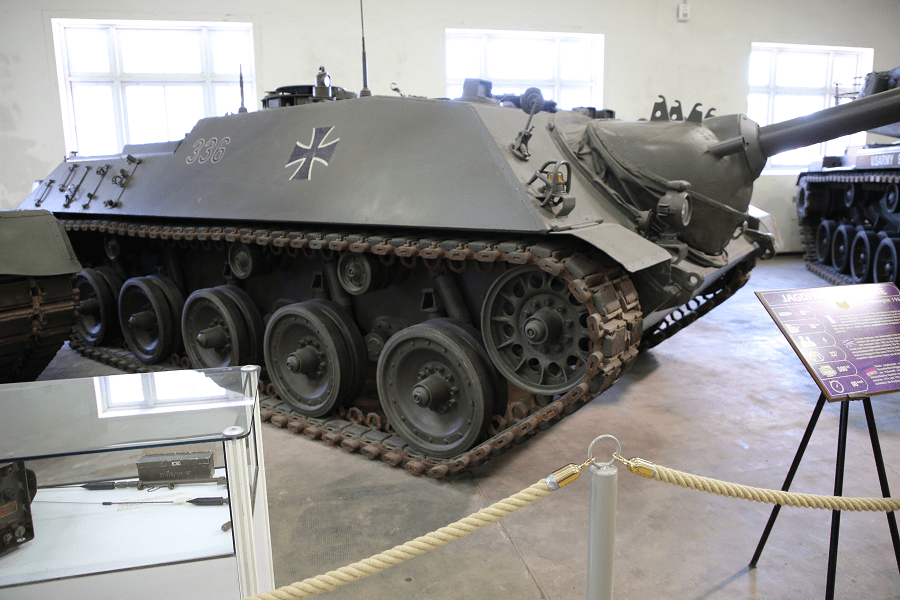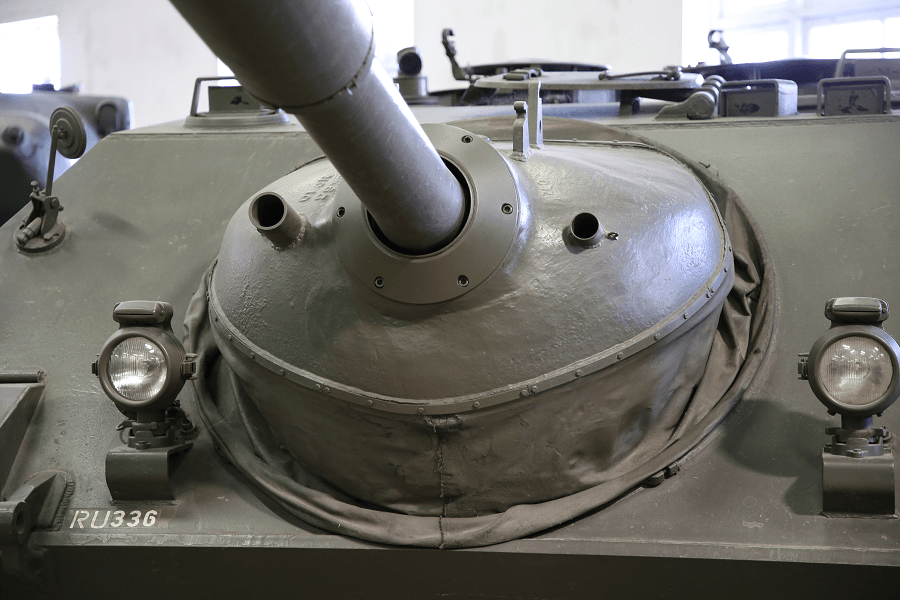The Kanonenjagdpanzer (KanJPz; also known as Jagdpanzer Kanone 90mm, “tank destroyer, gun 90mm”) was a German Cold War
The Kanonenjagdpanzer (KanJPz) was a West German Cold War tank destroyer. Its design was very similar to that of the World War II Jagdpanzer IV. The Kanonenjagdpanzer is also known as the Jagdpanzer (“tank destroyer”), Kanone 90mm (“90mm Gun”) or Kanonenjagdpanzer 4–5.
The first prototypes of the Kanonenjagdpanzer were built in 1960 by Hanomag and Henschel for West Germany and by MOWAG for Switzerland, based on the experience of the Wehrmacht in the Second World War, the Kanonenjagdpanzer being a development of the Jagdpanzer IV.
A second round of 6 prototypes this time built just by Hanomag and Henschel were constructed between 1962 and 1963. After that another set of six prototypes were built over the next two years still by Hanomag and Henschel. The features of the various prototypes were then combined into the final design.
The tank destroyer was equipped with a 90mm anti-tank gun taken from obsolete M47 Patton tanks. Its design was very similar to that of the World War II Jagdpanzer IV.
At least one prototype with the designation Gepard was built by the MOWAG firm, it standa today in the Swiss Military Museum at Full. For the Gepard two different two-stroke diesel engines were available, a five-cylinder, 6.7 litre, Type M5 DU MOWAG generating 270 horsepower (199 kW) at 2,100 rpm and an 13.5 litre engine generating 540 horsepower (397 kW).
Between 1966 and 1967, 770 units were built for the Bundeswehr, 385 by Hanomag and 385 by Henschel. Eighty of them were delivered to Belgium from April 1975 onward.
When the Soviets began deploying their T-64 and T-72 main battle tanks, the 90 mm gun was not capable of engaging them in long-range combat and the Kanonenjagdpanzer became obsolete. Although the producers claimed it could be rearmed with a 105 mm gun, between 1983 and 1985, 163 of these tank destroyers were converted into Raketenjagdpanzer Jaguar 2 anti-tank guided missile carriers by removing the gun, adding a roof-mounted TOW missile launcher and fastening further spaced and perforated armour on the hull. Some others were refitted into artillery observation vehicles by removing the main gun, so called Beobachtungspanzer, which served most particularly in the mortar units.
Some Kanonenjagdpanzer remained in service with the Heimatschutztruppe until 1991.













